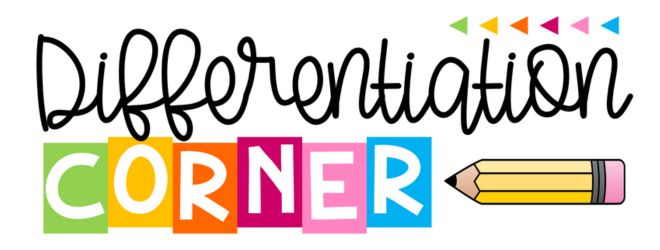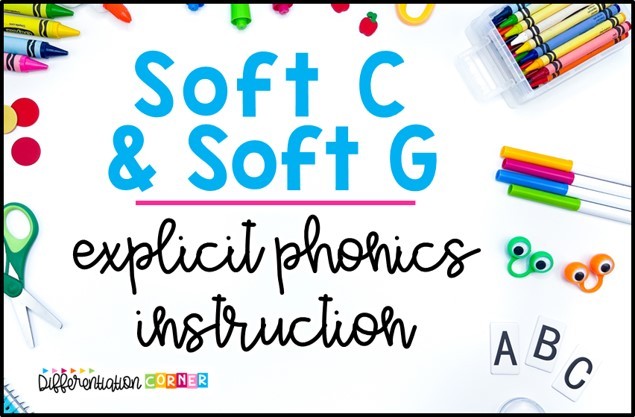The beginning of the year is a great time to think about setting up your classroom for success. Many teachers are looking for ways to boost their classroom management for smooth routines and procedures. Classroom daily visual schedules are great for helping students understand how their day will flow.
What is a daily visual schedule?
For those who aren’t familiar, a visual schedule is essentially a list of activities or tasks presented using pictures or words that help students understand what is expected of them throughout the day.

What are the benefits of a visual timetable or visual schedule?
So why are visual schedules important in the classroom? Here are just a few benefits for you and your students:
Visual schedules can help all students stay on track and stay organized. Seeing the tasks laid out in a clear, visual way can help students understand what needs to be done and when. This can help them stay focused and avoid getting sidetracked or overwhelmed by the demands of the day. Plus, they wont always be asking you what you’re doing next! Or when recess and lunch is!

Visual schedules can also be a great tool for time management. Students can see how much time they have left for a particular activity, which can help them stay focused and avoid getting distracted. They know that they have a limited amount of time to complete their tasks and help them plan their time more effectively.

Visual schedules can help students with transitions in the classroom. Moving from one subject to the next can be difficult. Providing a good routine can help with smooth transitions!
Visual schedules can also be a helpful reference for teachers. With a visual schedule, teachers can quickly see how much time is left for each activity, which can help them stay organized and ensure that they are making the most of their time in the classroom.
Visual schedules can also be a useful tool for communicating with students and parents. By presenting the day’s activities in a clear, visual way, teachers can help students and parents understand what is expected of them and how the day will be structured.
Visual schedules help students with special needs, such as those on the autism spectrum, better understand their day and routines.
For students with autism, change and unpredictability can be very difficult to handle. A visual schedule can help these students better understand their day and routines, which can reduce anxiety and increase independence. This will help them feel more in control and better able to navigate their day.
How do I use a visual schedule?
I have found that incorporating our daily schedule into the morning meeting or during calendar time was best for my class. I briefly go over what our day looks like.
How do I create a visual schedule?
There are tons of options for making your own daily schedule bulletin board! It can be as simple or complex as you want. I personally use PowerPoint to create schedule cards with shapes and text boxes.

I print, cut out, and laminate the finished cards. To display my visual schedule, I have tried a few things over the years. I have used pocket charts, velcro dots, and magnets on my white board. I was really surprised at how much we really moved the cards around daily! So they need to be moveable.

I also suggest having some blank cards that are already laminated so you can use a sharpie or dry erase marker to write whatever comes up. Because as a teacher you know random things just come up!


















One Response